Delhi, 7 Jumadil Awwal 1436/26 February 2015 (MINA) – In a district stricken with poverty, a series of Islamic madrassahs are offering Muslim and Hindu kids get good education, where students of both faiths can study both Islam and Hinduism.
“We’re providing education to children belonging to poor background,” Dr. Talat Qureshi is the present chairperson and one of the patrons of the Nida Mahila Mandal (NMM) that operates madrassahs, On Islam quoted by Mi’raj Islamic News Agency (MINA) as reporting.
“We noticed a lot of Hindu families wanted to provide good education to their kids but couldn’t afford it.”
The idea of NMM madrassahs first appeared seventeen years ago in central Indian state of Madhya Pradesh’s Mandsaur district.
Also Read: Pakistan Condemns Israeli Settler Attacks in West Bank, Al-Aqsa Storming
NMM was formed to open madrasas all over the city where children could study both Islam and Hinduism. In Mandsaur district, there are many Hindu children who are learning about Muslim religion and customs in madrasahs.
Besides learning basics of Islamic religion, the Hindu kids also learn about sixteen ‘samskaras’ (series of rituals) of Hindu religion, teachings of Hindu holy book Gita and Gayatri Mantra. [Mantra means sacred utterance. Gayatri Mantra is highly revered mantra in Hinduism.] Presently NMM is running 128 madrasas in and around Mandsaur headquartered at Madrasa Firdaus.
In 78 of these madrasas, Hindu and Muslim children study together and in many of them Hindu students even outnumber their Muslim counterparts. Several madrasas have Hindu and non-Muslim names like Gurukul Vidyapeeth, Nakoda, Sant Ravidas, Angel and Jain Varhman. Some people find it hard to believe that madrasas could have such names.
“They [Hindu parents] wanted to enroll their kids in madrasas but were concerned about religious education,” Dr Qureshi said.
Also Read: China Criticizes US-Drafted UN Gaza Resolution as Vague, Abstains from Vote
“As we provide education of Hindu religion at the madrasas, Hindu parents didn’t dither in getting their kids enrolled in madrasas run by our group. Under this system, high quality education was provided to students at very low cost,” he added.
Filling Gaps
Amid the absence of government support in the district, which usually arrives late, the NMM madrassahs were filling an important void in education system. “Government provides grant to 14 madrasas but we seldom get it on time. We impart modern education at our madrasas and maintain excellent standard of teaching,” Dr Qureshi said.
“Students study both Hindi and English. They can choose between Urdu and Sanskrit as the third language. There’s no restriction on religious education.
Also Read: Former Bangladesh PM Sheikh Hasina Sentenced to Death
“The students choosing Urdu are taught fundamentals of Islamic religion, while those choosing Sanskrit study books on Hindu religion. Muslims and non-Muslims study under one roof, take interest in each other’s religious books and learn about each other’s religions and rituals.”
He added that these programs help children of different communities to come together.
Others praised the madrasahs for spreading a message of harmony and tolerance and helping people to shed religious bigotry at a time the country has seen several recent eruptions of violence between Hindus and Muslims.
“Madrassahs in Madhya Pradesh are affiliated to the Madrasa Board and are required to impart religious education,” Dr. Shahid Qureshi, coordinator for group’s madrassahs told OnIslam.net
Also Read: Pakistan Declares State of War After Car Bomb Incident
“In view of large number of Hindu students attending the madrasas run by NMM, we urged our Hindu friend Nemichand Rathore, a freelance journalist, to pen a book on Hindu religion. He wrote a book elaborating on Hindu religion, sixteen samskars and other Hindu rituals and traditions.”
Dr. Shahid Qureshi said there are about 250 madrasas in the district of Mandsaur, having a population of around 1.3 million. About 1500 children, belonging to both communities, study in these madrasas (including around 1200 kids at 128 madrasas run by NMM.)
Significantly, more than half (about 55%) of 1500 children are Hindus. Smart classes have been started in about 20 madrasas and classes in English medium are being conducted for children of standard 1 to 4.
Nemichand Rathore said he penned the book on Dr. Qureshi’s demand but was skeptical about its acceptance in madrasas. But he was elated when Muslim children and teachers also liked the book, besides the Hindu kids. Rathore’s book is being taught at the madrasas for the last five years and has become very popular.
Also Read: Jakarta Hosts Gala Dinner for World Peace Forum Delegates
Zainab Gauri, a Muslim student of Madrassah Firdaus, “We find many things similar in books of both the religions; only names are different.”
Aayushi Warshi, a Hindu student of standard 11 at the same study center, said religious education is freely available for all.
Her father Sanjeev told OnIslam.net, “It is impossible to get such high quality modern education for the annual fee of only Rs 1500 (US $ 25).” “I had never seen before children receiving teachings of both Hindu and Muslim religions under one roof.”
Nosherwan-e-Aadil, a Muslim who lives in Madhya Pradesh’s capital city of Bhopal, shared a similar opinion. “These madrasas are a slap on the face of those who continue to excite people’s religious sentiments and encourage fundamentalism for their selfish gains,” he said. (T/P011/R03)
Also Read: Indonesian Minister Urges Synergy Between Wasathiyah Islam and Chinese Wisdom
Mi’raj Islamic News Agenc y (MINA)
Also Read: New Delhi Covered in Toxic Smog: Residents Say ‘We Can Hardly Breathe’








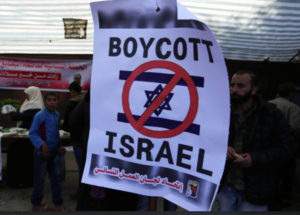
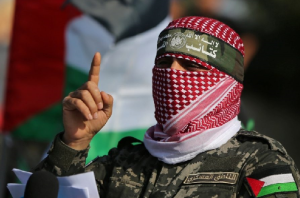

![Israeli tanks and APC’s gather by the Israeli – Lebanese border. Amid Israel’s escalating campaign against Hezbollah in Lebanon on September 30, 2024. [Erik Marmor/Getty Images]](https://en.minanews.net/wp-content/uploads/2024/10/IMG_20241001_203226-300x197.jpg)
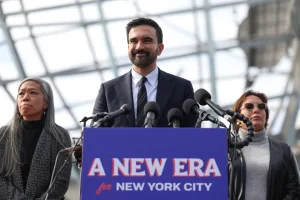
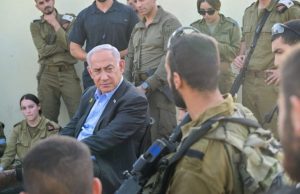
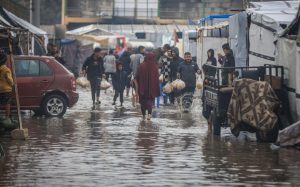

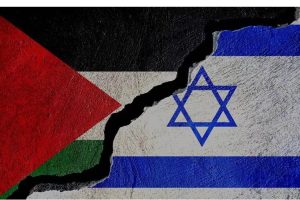
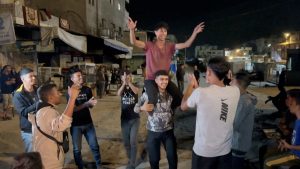
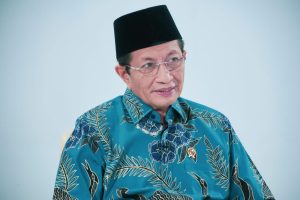

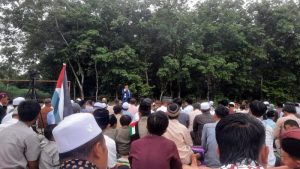





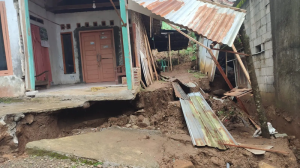



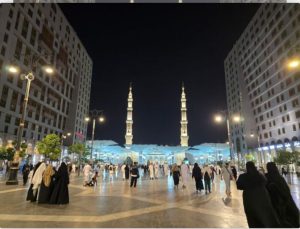



 Mina Indonesia
Mina Indonesia Mina Arabic
Mina Arabic